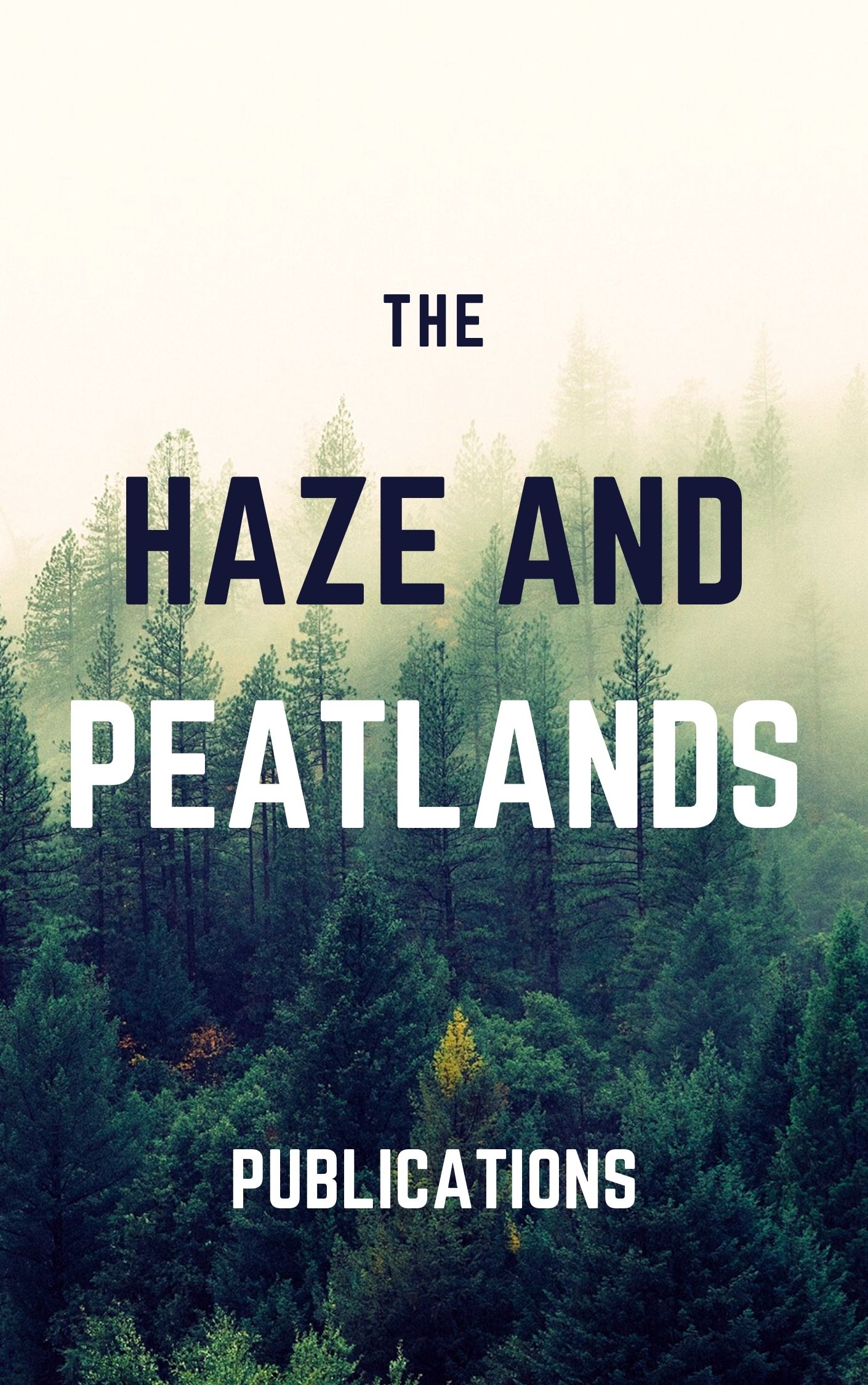Comparisons of bird community composition in burned and unburned areas of a lowland tropical rainforest in Sumatra, Indonesia indicated the following during the first 5 years after burning: (1) original burn severity strongly affected bird community composition at both the genus and family levels; (2) bird community composition continued to change progressively away from immediate post-burn composition in medium and severely burned forest as well as adjacent unburned forest; and (3) the degree of impact was both taxon and guild specific, with understory insectivores most detrimentally affected. Although species richness may temporarily increase in burned areas, this study suggests that multiple wildfires will lead to a decline in diversity over a large scale as birds of open fields replace interior forest specialists. © 2006 The Zoological Society of London.
View source

